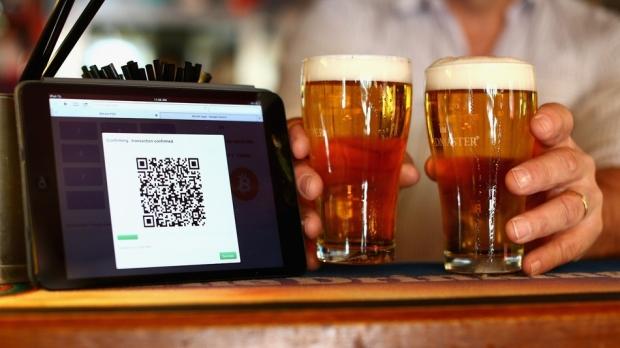As mobile technology continues to advance, we’re finding ourselves more connected to our banks than ever before. Or are we becoming even further disconnected than ever?
As mobile payment apps move forward with third party entities like PayPal or their own internal accounts, banks themselves have been slower to catch up. More consumers are using smartphones at the checkout counter instead of plastic cards. More retailers are equipping their stores with mobile payment accessibility. More phones are being sold with mobile payment capabilities. Yet, despite the rapid growth in mobile payment use, banking apps remain with third-party middlemen or credit companies, leaving banks at the back of the checkout line.
Many banks offer their own apps where you can manage your account, view your balance and make transactions such as paying a utility bill or making an online purchase. While all that is convenient and gaining in popularity, what these apps don’t extend to are in-store retail purchases.
At the same time, mobile payment apps like the Google Wallet have their own internal account where in order to use the app, you must first transfer money from your bank account to the Google Wallet account and then spend from there. These mobile payment apps allow the user to swipe the phone over the card reader at the checkstand just like you would a plastic debit card.
One of the newer, more popular mobile payment apps is Isis Mobile Wallet, partially because it’s apparently compatible with major companies like Wells Fargo and American Express. But it cannot link directly to your bank account. Instead, users can set up an account with American Express Serve and you can transfer money to that account from your bank account. Then you can use the funds from the middleman account to pay for purchases with your phone.
Banks have taken the first step in eliminating the middleman however. On April 29th, a service called Paym (pronounced “Pay ’em”) was launched in the U.K. with several of England’s major banks on board. The app allows for person-to-person money transactions from one bank account directly to another. All that is needed to transfer money is a cell phone number. More than 360,000 people registered on the first day the app was available. The person-to-person technology is there. Now we await the consumer-to-retailer equivalent.
Although banks have arrived late to the party, they remain in position to steal the show. Research has shown that people trust their bank with their personal information more than they trust third-party firms, retailers, technology companies and even the government. Most people will not want to clutter up their phones with multiple mobile apps. Thus, if their bank can offer the same service as a third-party entity, most people will opt for their bank’s app and eliminate the middleman.
Banks can also offer mobile payment apps that will be more widely accepted, provide additional security and have the means to offer deeper customer service value by being able to manage all of your funds in a more instantaneous fashion in one central location.
In an article published on American Banker, 6.6% of consumers in the U.S. and major European markets said they have used their smartphone to make in-store purchases while many more said they plan to shop that way in the near future. Mobile payment transactions still represent only a small number of in-store purchases but that number did increase by 103% between 2010 and 2013 and there’s no reason that number shouldn’t continue rising.
Like all technological advances, direct mobile banking will come in steps. Sooner than later, we’ll be more connected to our banks than ever.
 Technology X Tomorrow's Technology Today!
Technology X Tomorrow's Technology Today! 


